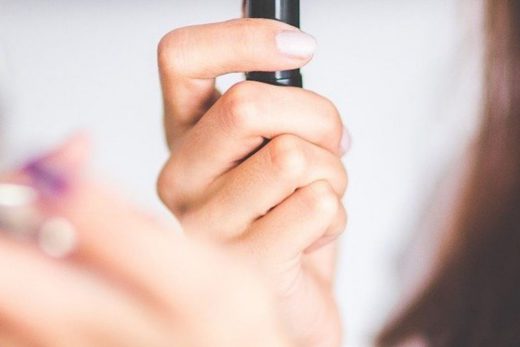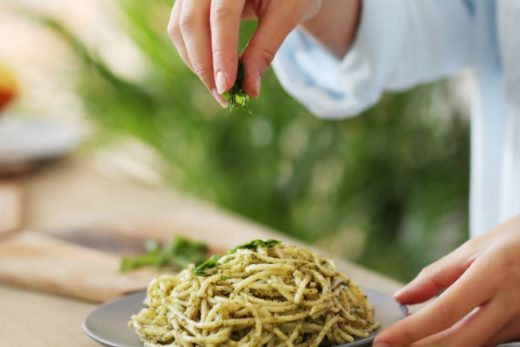Open your oven door as little as possible. Temperature changes causes the meringue to crack, and letting cold air from outside the oven will do just that. If cracks happen, the meringue will still be tasty, but less pretty.
If the pavlova is starting to brown at all, reduce your oven temperature by 25 degrees. The ideal pavlova is totally pale, which usually means a gooey marshmallow interior.
Once your pavlova has finished baking, let it cool completely in the oven to avoid cracking. Ideally you’ll do this with the oven door completely closed, but if you’re in a hurry, bundle up a small wad of paper towel or aluminum foil to leave it slightly ajar.
After baking:
If your meringue cracked, that’s okay! You’re covering it with a quart of whipped cream and a pound of fruit anyway. Messy is delicious.
Let your meringue cool completely before topping. It can be made a day or two in advance if the air isn’t too humid. Don’t add whipped cream and fruit until you’re ready to serve.
If you have leftovers, pack the whole thing up in a tupperware and break up the large chunks of meringue. The next day you’ll have icebox cake.
Do you have any favorite pavlova combinations? Any meringue questions left unanswered? Let loose in the comments.





